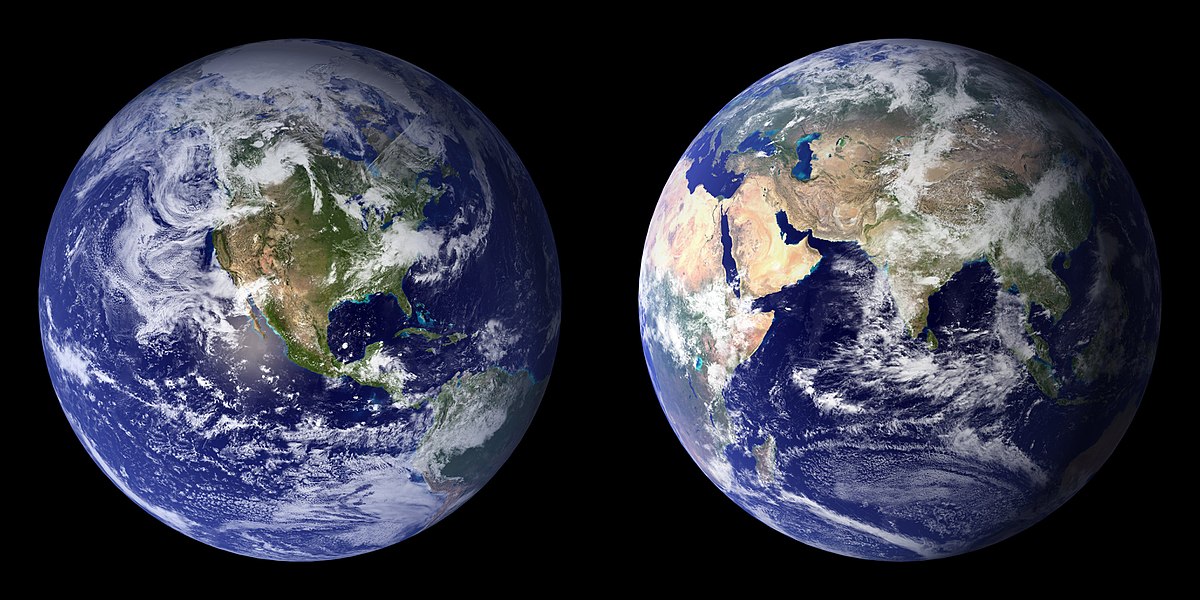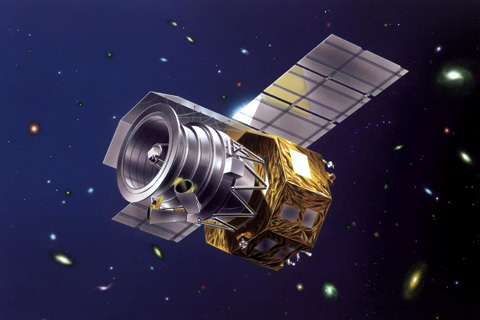Japan’s Infrared Satellite Found Water in Asteroids
Anita - Dec 22, 2018

An infrared satellite of Japan has discovered water in the form of hydrated minerals in asteroids Type-C.
- Japan Marks 10 Years Since The Fukushima Disaster Killing 18,500 People
- Japan Has New Minister Of Loneliness To Deal With Suicide Rates
- You Can Work From Anywhere With These Phone Booth Office Spaces
Despite various theories and speculation about the other planets orbiting the Sun, the Earth has still been the only planet or moon that is discovered with the surface covered by bodies of water.
Finding water is like finding a gold mine. Water plays an essential role in the research of life’s origins, according to scientists.
Scientists are still on their journey to find what about Earth that is special and how water exists on Earth. These questions are essential to help scientists understand the cosmic neighborhood of Earth.
Asteroids could be their answer. What an infrared satellite named AKARI of Japan discovered has provided more evidence for this theory.
Worlds of Water
Japan first introduced the satellite named AKARI with IRC (Infrared Camera) in February twelve years ago. This camera helps scientists collect near-infrared spectroscopy with the wavelengths of about 2-5 micrometers, which provides scientists with the opportunity to learn more about asteroid's hydrated minerals characteristics at about 2.7 micrometers wavelength.
Regarding infrared wavelengths, they are instrumental in recognizing substances such as minerals, molecules, and ice. Due to infrared wavelengths' special qualities, the elements can be detected even though at visible wavelengths, scientists cannot see them.
AKARI focused on studying asteroids Type-C, which are furthest away from the Sun, which is usually carbonaceous made of silicate rock and clay.
According to scientists' estimation, these asteroids can contain up to 22% water.
AKARI could discover water's existence in hydrated minerals form in various asteroid Type-C.
This discovery is significant as it could help scientists to dwell into the reason behind water's arrival on Earth and possibly its origin on other planets.
Around the Universe
With asteroids Type-C, water molecules could be transported to other bigger bodies in the Solar system such as planets and moons.
These asteroids consist of debris, ice, and mineral, which could provide an amount of water similar to the ocean during the first years of Earth after the big bang.
The members of the discovery team included Fumihiko Usui, Kobe University's Graduate School of Science’s Project Assistant Professor; Sunao Hasegawa, the Institute of Space and Astronautical Science's Associate Senior Researcher; Takafumi Ootsubo, the Institute of Space and Astronautical Science’s Aerospace Project Research Associate, and Takashi Onaka, Professor of University of Tokyo.
Featured Stories

Features - Jul 01, 2025
What Are The Fastest Passenger Vehicles Ever Created?

Features - Jun 25, 2025
Japan Hydrogen Breakthrough: Scientists Crack the Clean Energy Code with...

ICT News - Jun 25, 2025
AI Intimidation Tactics: CEOs Turn Flawed Technology Into Employee Fear Machine

Review - Jun 25, 2025
Windows 11 Problems: Is Microsoft's "Best" OS Actually Getting Worse?

Features - Jun 22, 2025
Telegram Founder Pavel Durov Plans to Split $14 Billion Fortune Among 106 Children

ICT News - Jun 22, 2025
Neuralink Telepathy Chip Enables Quadriplegic Rob Greiner to Control Games with...

Features - Jun 21, 2025
This Over $100 Bottle Has Nothing But Fresh Air Inside

Features - Jun 18, 2025
Best Mobile VPN Apps for Gaming 2025: Complete Guide

Features - Jun 18, 2025
A Math Formula Tells Us How Long Everything Will Live

Features - Jun 16, 2025

Comments
Sort by Newest | Popular